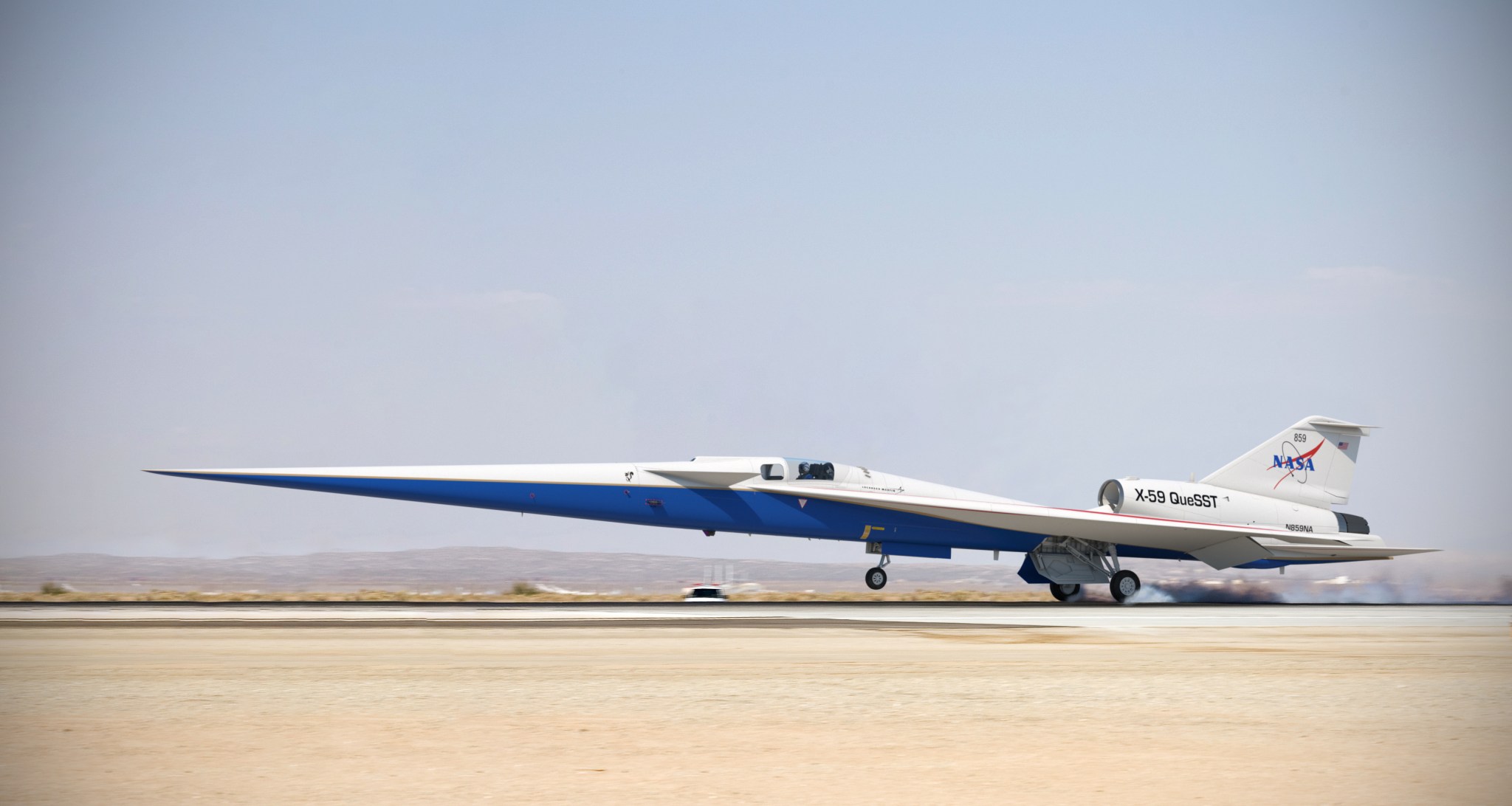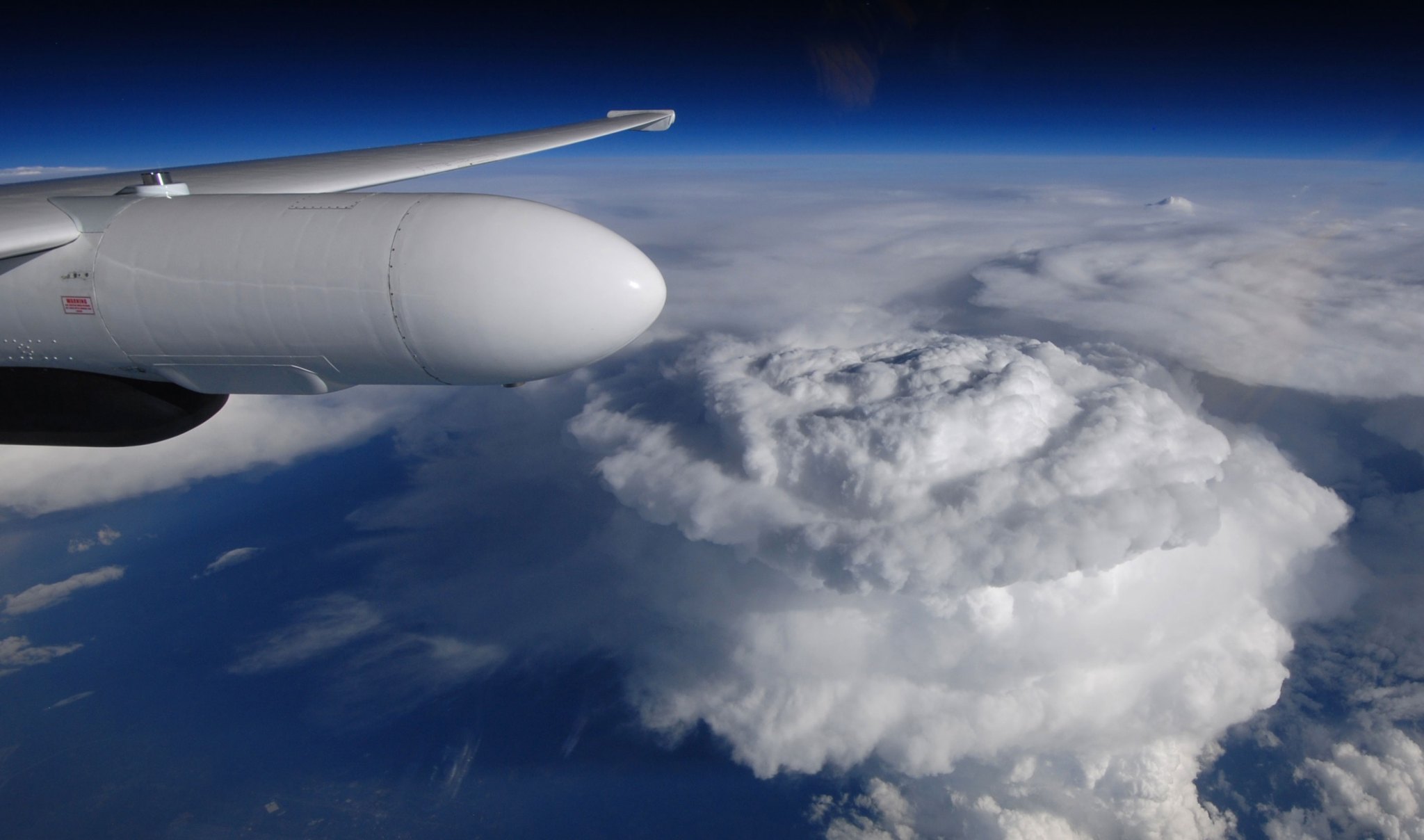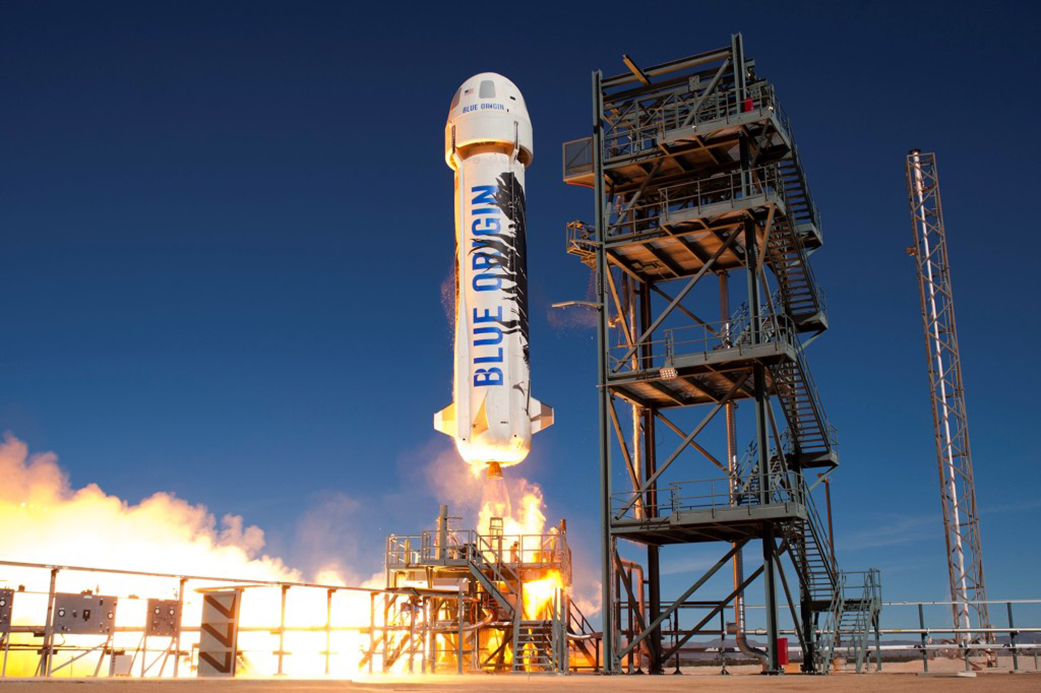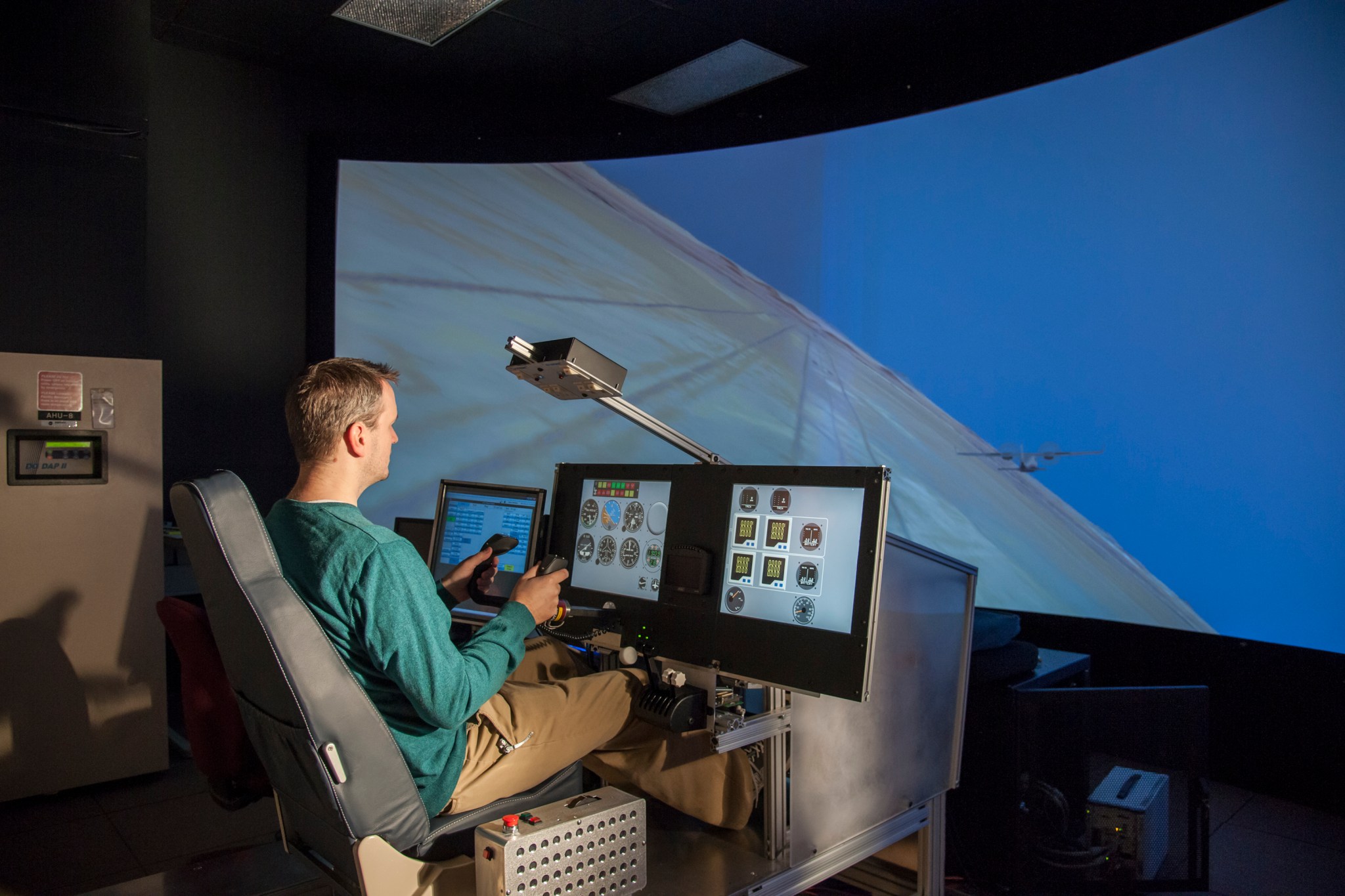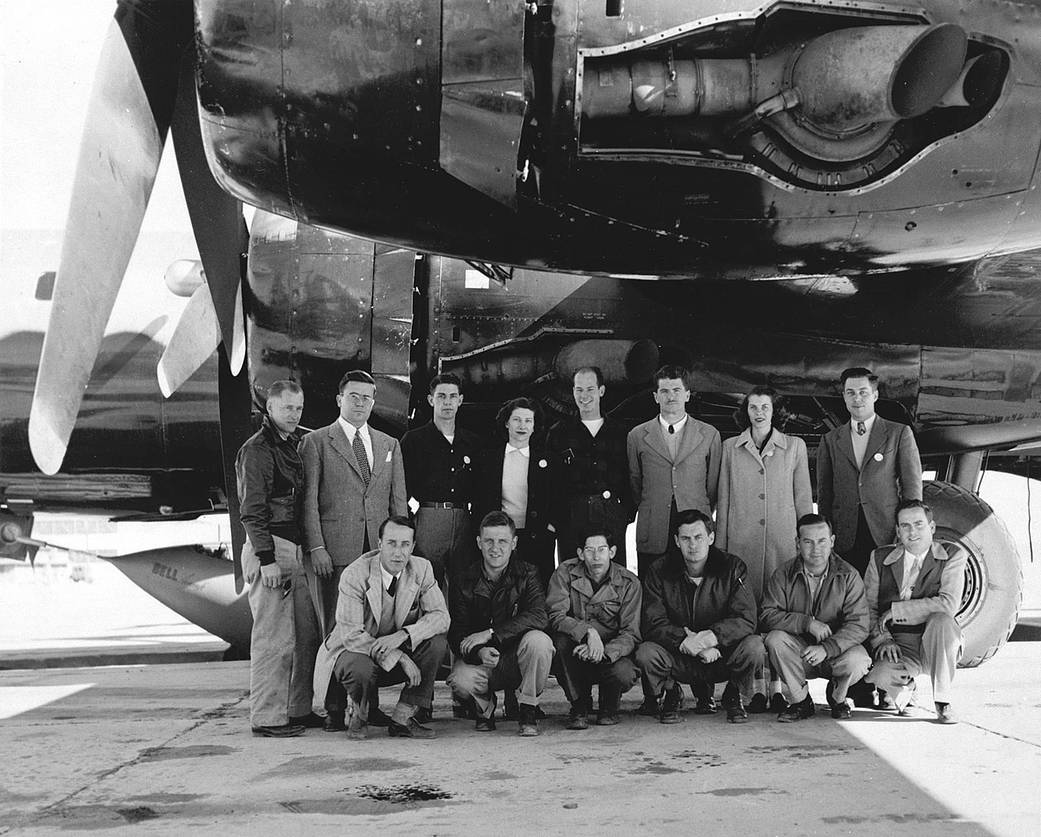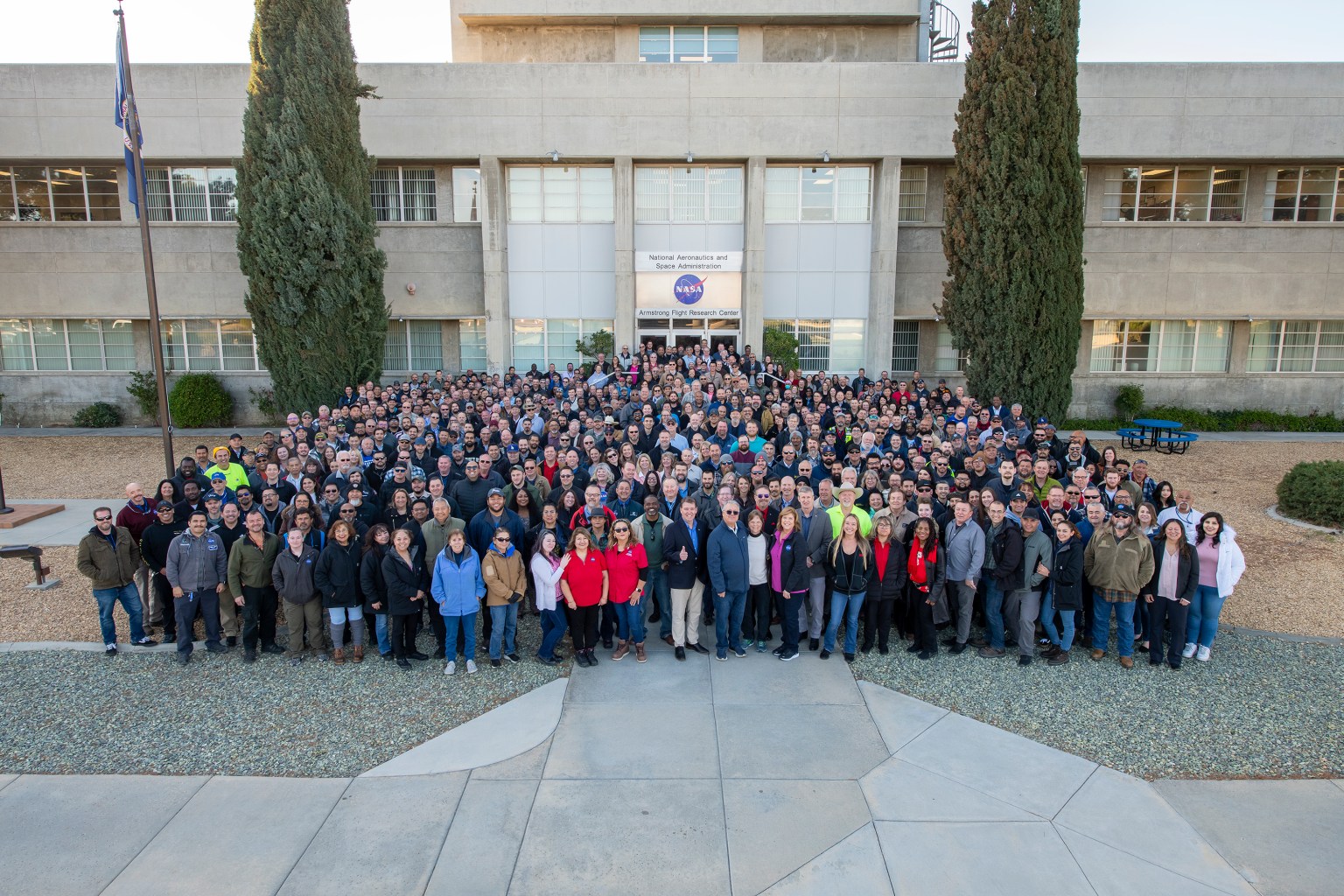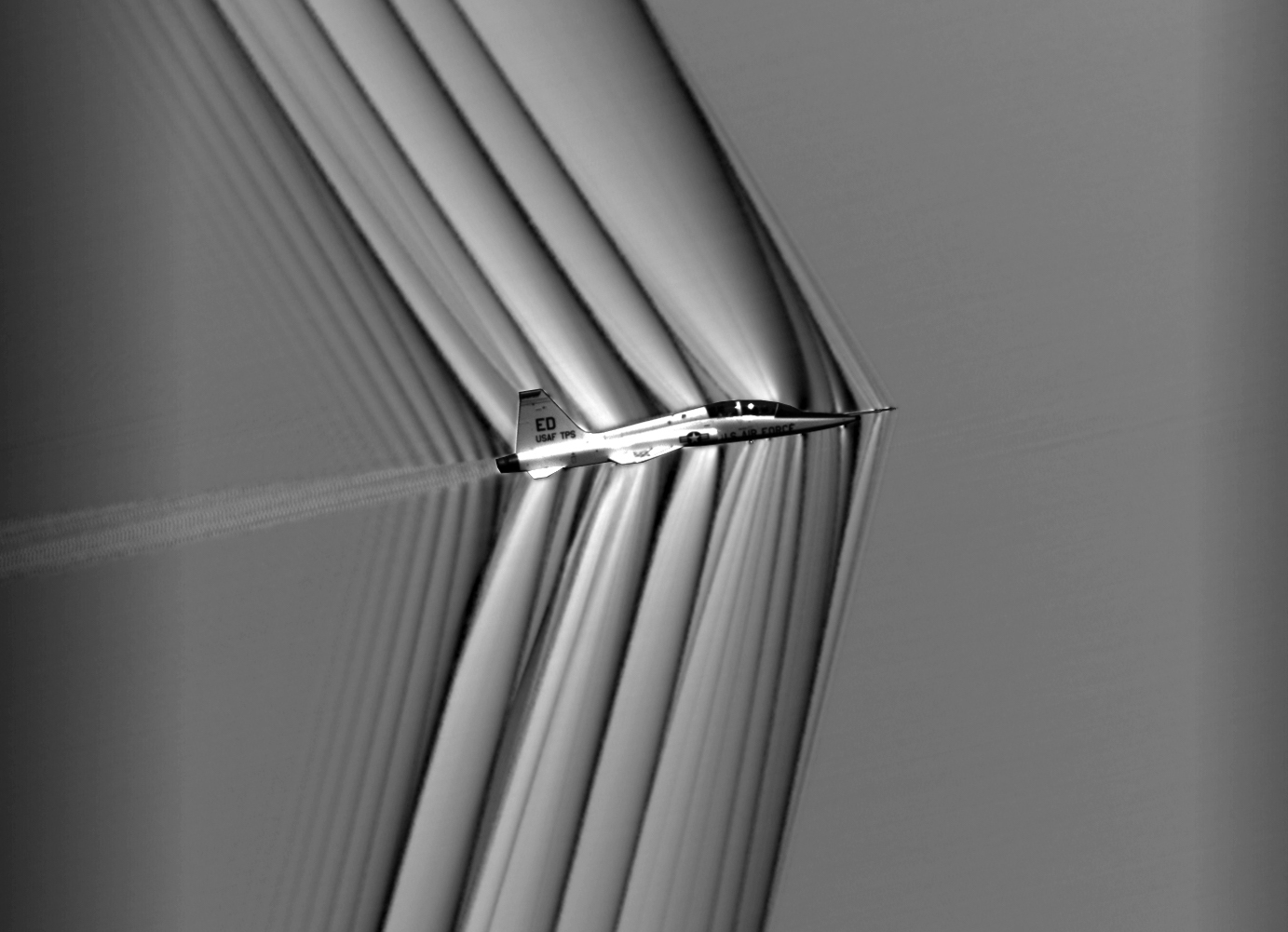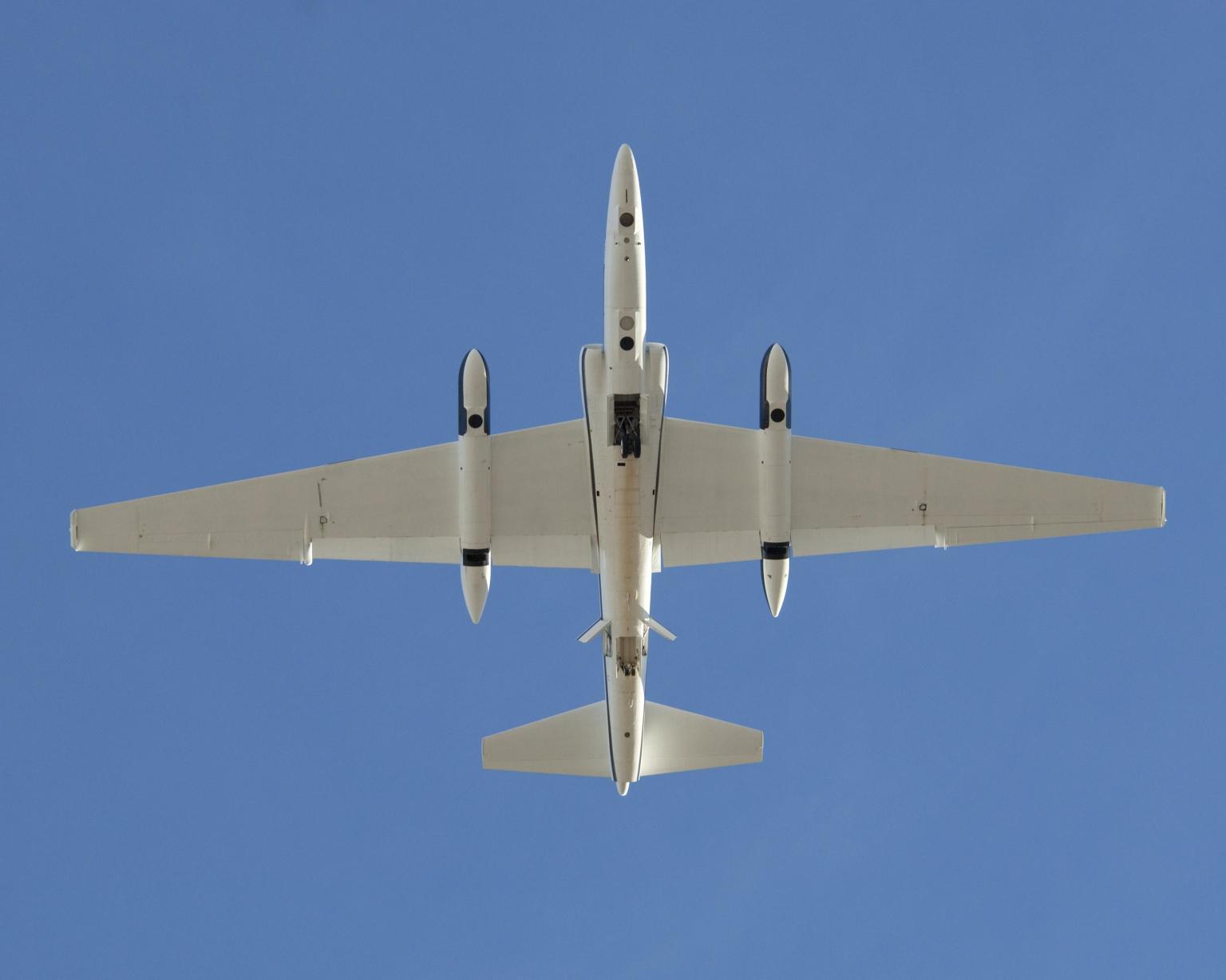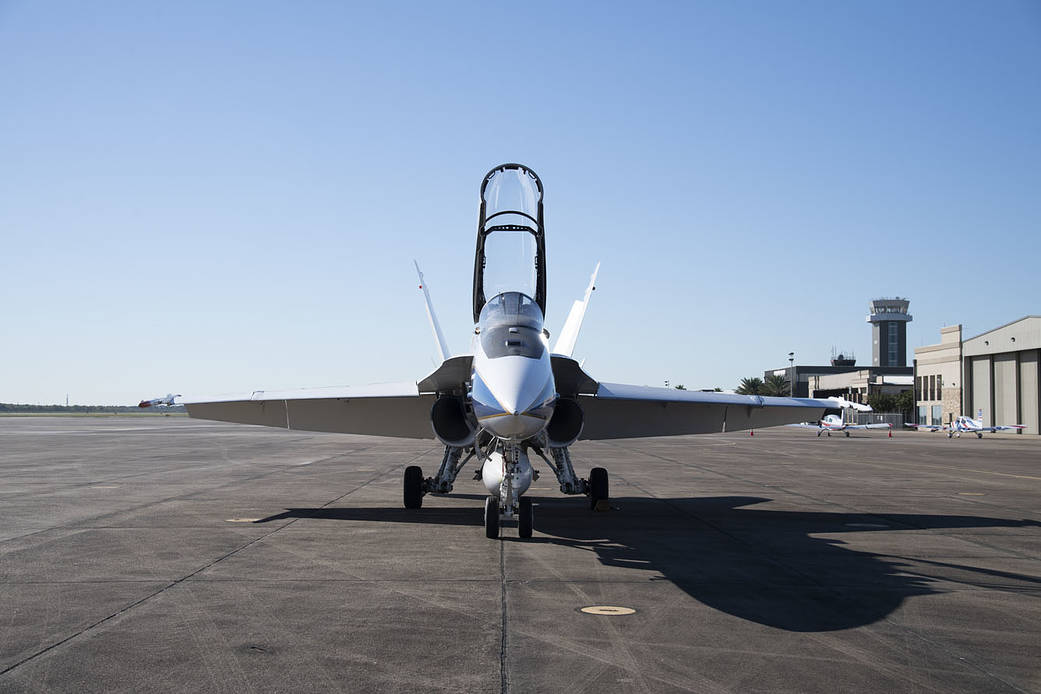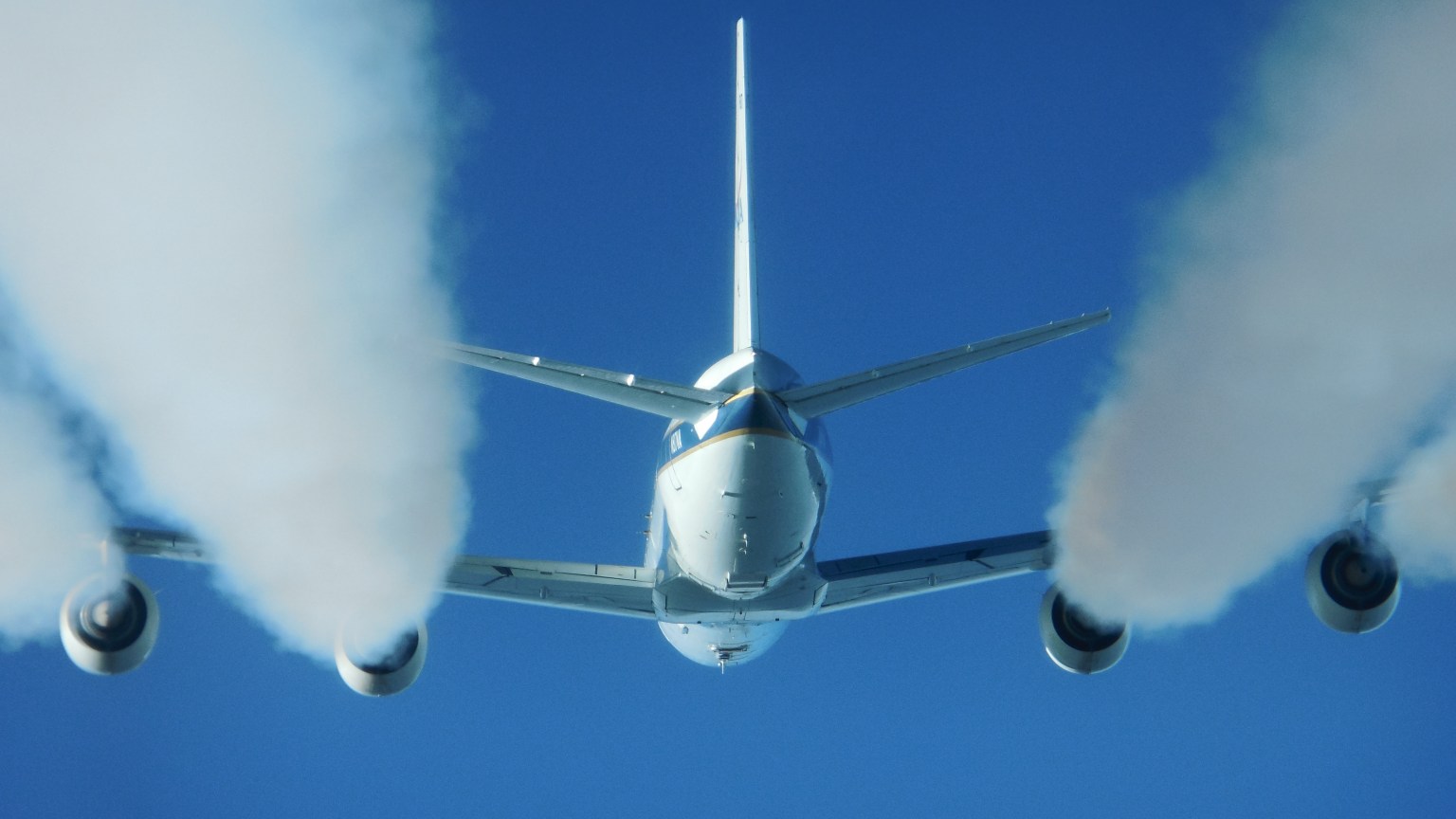
Center Overview
Armstrong Flight Research Center in Edwards, California, is NASA’s primary center for high-risk, atmospheric flight research and test projects.
NASA Armstrong has the facilities and requisite expertise to conceive, design, analyze, fabricate, integrate, maintain and conduct disciplinary research, flight research and flight test on modified or unique research vehicles and systems. Armstrong’s strength is in integration of complex developmental systems. Named in honor of Neil A. Armstrong, a former research test pilot at the center and the first man to step on the moon, Armstrong is located in Edwards, California, in the western Mojave Desert. The center is uniquely situated to take advantage of year-round flying weather and 301,000 acres of remote area with varied topography to advance technology and science through flight.
For almost 75 years, research at NASA Armstrong has led to major advancements and breakthroughs in the design and capabilities of many state-of-the-art civil and military aircraft. Armstrong demonstrates America’s leadership in aeronautics, Earth and space science and aerospace technology as the center seeks to revolutionize aviation, add to mankind’s knowledge of the universe and contribute to the understanding and protection of Earth.
Aeronautics Projects
Supporting NASA’s vision to build a new global aviation system for the 21st Century, Armstrong’s aeronautics researchers, engineers and pilots use world-class NASA facilities to keep U.S. aviation first in safety, efficiency and innovation. The center explores technologies that reduce aircraft noise and fuel use, get you gate-to-gate safely and on time and transform aviation into an economic engine at all altitudes. Current or recent projects include:
- Collecting data that could make supersonic flight over land possible, reducing travel time in the United States or anywhere in the world
- Improving commercial aircraft energy and environmental impacts by designing tools to test and validate electrified aircraft propulsion technologies
- Helping industry to safely develop an advanced air mobility system to move people and cargo between places previously not served or underserved by aviation
Science Projects
The center operates a fleet of highly specialized aircraft – C-20A, DC-8, ER-2 and B200 – that conduct a wide variety of Earth science missions under the Airborne Science Program. Current or recent missions include:
- Studying atmospheric effects of wildland and agricultural fires in U.S.
- Gathering data over specified areas repeatedly over time to gather data for geological studies
- Improving snowfall remote sensing interpretation and modeling to advance predictive capabilities
Space Projects
In support of space exploration, Armstrong managed launch abort systems testing and integration, in partnership with the Johnson Space Center and Lockheed Martin, for the Orion Multi-Purpose Crew Vehicle, a spacecraft built to take humans farther than they’ve ever gone before. The launch abort system pulls the crew capsule with astronauts away from the rocket to safety in case of an emergency during launch or ascent. Orion Ascent Abort (AA)-2 launched July 2, 2019, which marked a milestone in NASA’s preparation for Artemis missions to the Moon.
Armstrong also supports NASA’s space technology development efforts through its management of the Flight Opportunities program, which facilitates rapid demonstration of technologies for space exploration and expansion of space commerce through suborbital testing with industry flight providers. The program matures capabilities that could aid NASA’s future space exploration activities while strategically investing in growth of U.S. commercial spaceflight industry.
Capabilities & Facilities
Along with research and support aircraft, Armstrong’s capabilities include flight simulation, ability to validate high temperature and flight loads, flight test instrumentation, processing flight research data and expertise in remotely operated aircraft flight research. Armstrong’s system of facilities consists of the Science Operations Building 703 in Palmdale, the Consolidated Information Technology Center, Experimental Fabrication and Repair, the Flight Loads Laboratory and the Research Aircraft Integration Facility. In addition, the Dryden Aeronautical Test Range has for decades provided backup communications for the International Space Station and the Russian Soyuz spacecraft that brings U.S. astronauts to and takes them from the space station.
The Research Aircraft Integration Facility can simultaneously check aircraft flight controls, avionics, electronics and other systems. The only one of its type in NASA, the facility speeds up and enhances systems integration and preflight checks on research aircraft.
History
NASA Armstrong’s history dates back to late 1946, when 13 engineers and technicians from the NACA’s Langley Memorial Aeronautical Laboratory came to Muroc Army Airfield (now Edwards Air Force Base) in Southern California’s high desert to prepare for the first supersonic research flights by the X-1 rocket plane.
Since then, the center has been associated with many important technological milestones in aviation and space access – supersonic and hypersonic flight, digital fly-by-wire control systems, supercritical and forward-swept wings and the space shuttles. Armstrong was also where the Apollo program’s Lunar Landing Research Vehicle, the famed X-15 rocket plane and the wingless lifting bodies were tested during the 1960s and ‘70s.
Contact Us
NASA’s Armstrong Flight Research Center
P.O. Box 273
Edwards, CA 93523-0273
661-276-3311
A Year in Review
Armstrong explores the unknown in air and space, innovates for the benefit of humanity, and inspires the world through discovery.
Learn More

























